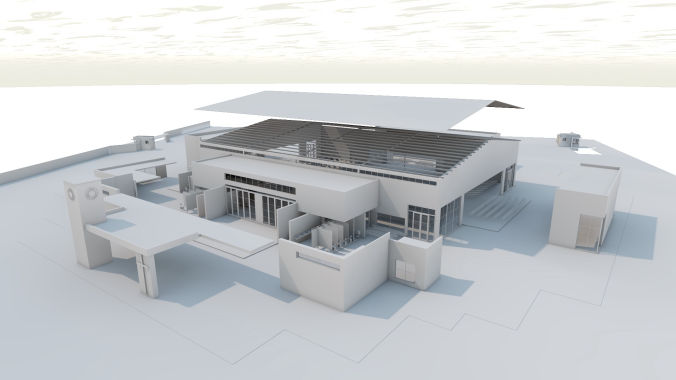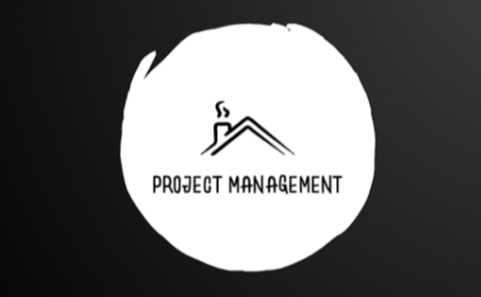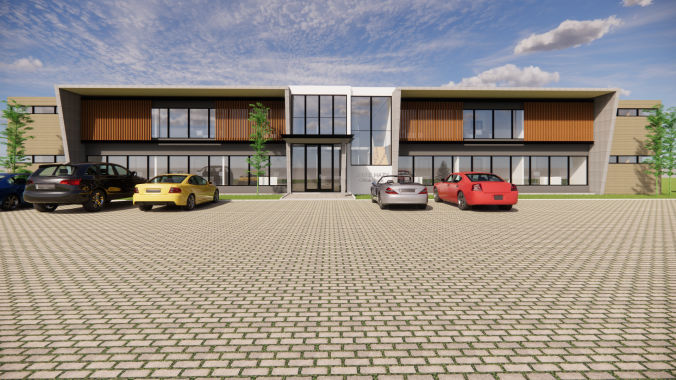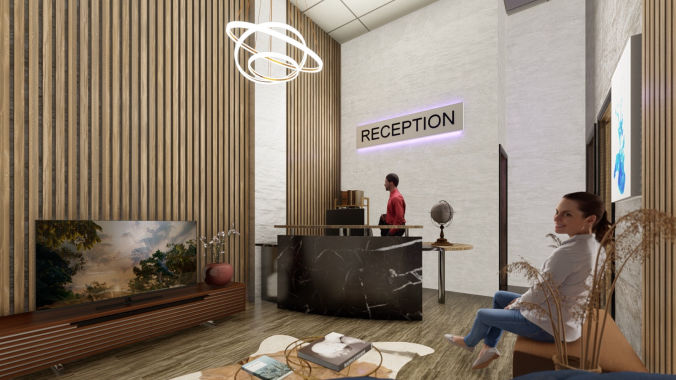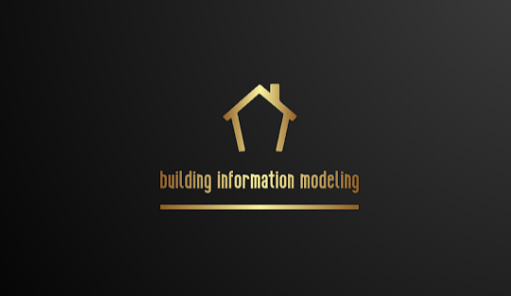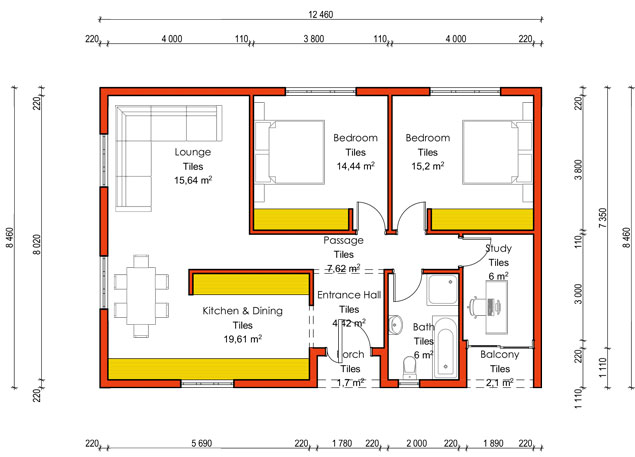
ARCHITECTURAL DESIGN:
• Creative and innovative architectural design solutions for residential, commercial, institutional, and industrial projects.
• Conceptualizing and developing designs that harmonize functionality, aesthetics, and client requirements.
• Utilizing cutting-edge design software and technologies to create visually stunning and practical architectural designs.
• Collaborating closely with clients to ensure their vision is incorporated into the design process.
• Delivering detailed architectural drawings, 3D models, and renderings to bring designs to life.
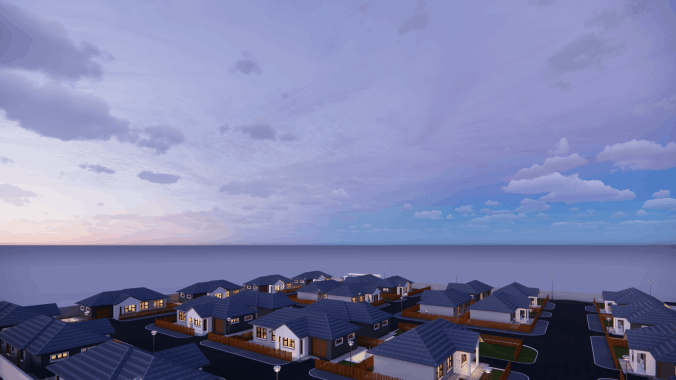
PLANNING AND URBAN DESIGN:
• Expertise in urban planning and master planning, encompassing communities, cities, and regions.
• Conducting comprehensive site analysis to determine the most suitable land use, transportation, and infrastructure strategies.
• Collaborating with stakeholders, including government agencies and community groups, to develop sustainable and inclusive urban plans.
• Balancing environmental, social, and economic factors to create vibrant and livable urban environments.
• Incorporating principles of smart growth, transit-oriented development, and mixed-use zoning for efficient and resilient cities.
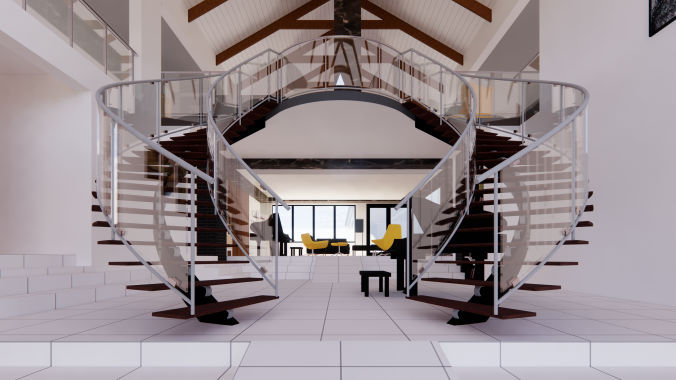
INTERIOR DESIGN:
• Creating functional and visually appealing interior spaces that reflect clients' tastes and requirements.
• Designing interiors for various settings, including residential, commercial, hospitality, and healthcare projects.
• Selecting and specifying interior finishes, materials, furniture, lighting, and other elements to enhance the ambiance and functionality of spaces.
• Incorporating sustainable and ergonomic design principles for occupant well-being and energy efficiency.
• Ensuring seamless integration of interior design with architectural aesthetics and functionality.
